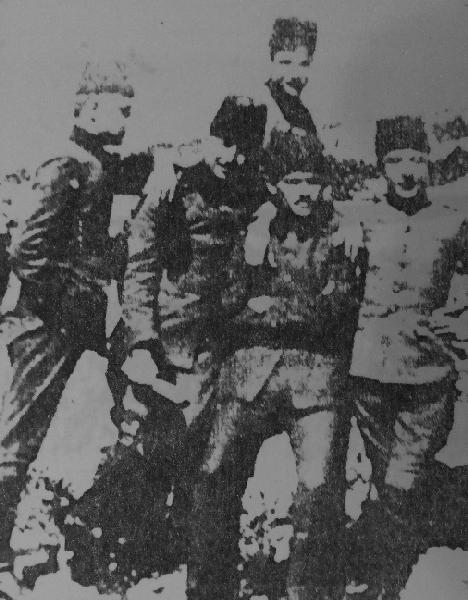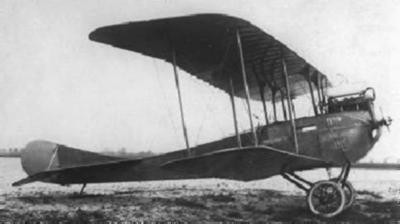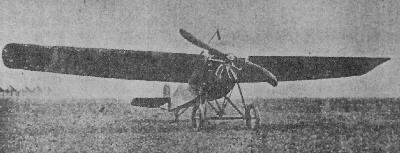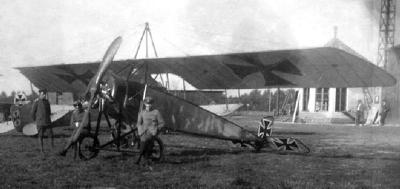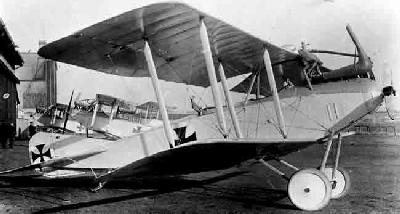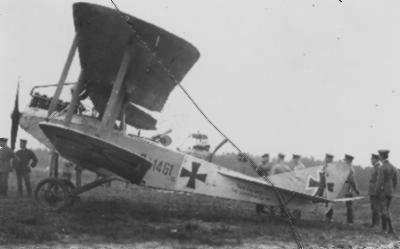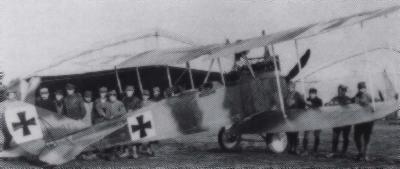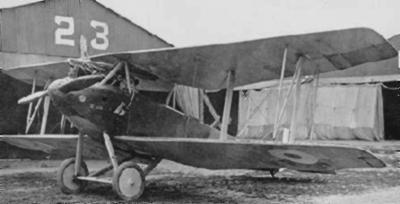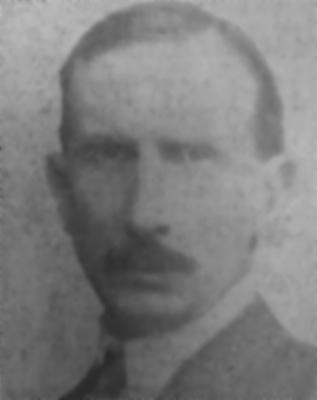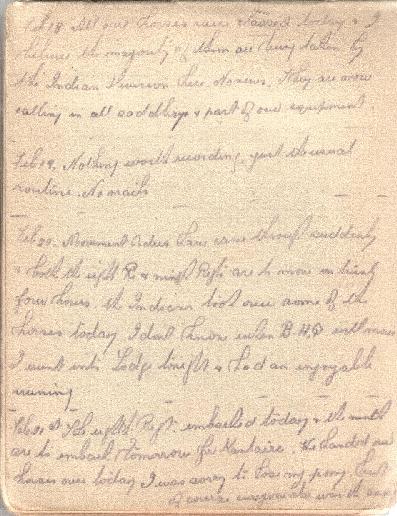In 1913, Captain Alan Ian, The Earl Percy, wrote an article about his experiences with the Egyptian Army Camel Corps over the previous decade. The article was called "The Egyptian Army Camel Corps and Their Work, a Study of the Tactical Employment of Camel Corps" which was published in The Army Review, Volume VI, Number I of January 1914.
Alan Ian Percy, 8th Duke of Northumberland KG CBE MVO TD (17 April 1880 – 23 August 1930) was the son of Henry Percy, 7th Duke of Northumberland and Lady Edith Campbell. He served as a Captain in the Grenadier Guards during the South African War from 1901 to 1902, obtaining the Queen's Medal. In 1908 he was in the Sudan Campaign, taking part in the operations in Southern Kordofan and gaining the Egyptian medal. For a time he acted as Aide-de-Camp to Earl Grey. During the First World War he served with the Grenadier Guards, and was made a Chevalier of the Légion d'honneur.
To many authoritative works have been written on the employment of the various arms of the service in time of war, that it is rather surprising that the use of troops mounted on camels – who play so considerable a part in our small wars in India, in Somaliland, and in the Sudan-should hitherto have been neglected. To some extent the need has been met by the "Camel Corps Training" which has recently been brought out, but its scope is necessarily limited. Officers who may find themselves in command of these troops as part of a force of all arms have little to guide them except what local knowledge they may themselves have gained as to their employment, either from personal experience or from those in immediate command of camel corps. It is surely time that definite principles be formulated for their action, as has been done in the case of mounted infantry ; for camel troops, while they have many advantages and are, indeed, quite indispensable in certain theatres of war, have also many limitations, and any wrong use of them may lead to disaster. An instance of this is afforded by the battle of Omdurman, where the Camel Corps very narrowly escaped being cut to pieces through the common error of imagining that it could be used for extended reconnoitring operations like cavalry or mounted infantry. Against a mounted enemy such action is courting disaster. The Egyptian Army Camel Corps has now been in existence 12 years, during which it has gained a practical experience of campaigning in desert country, in thick bush, and in the rocky hills of Southern Kordofan. It may be of interest, therefore, to readers of this REVIEW to give a short preliminary sketch of its service, its origin and its history, followed by an account of some very interesting manoeuvres lately held in the neighbourhood of its headquarters, El Obeid, which are considered to have provided most valuable lessons for the use of such troops in bush country.
Nature of the Service in Kordofan.
Kordofan has always been the storm centre of the Sudan and the Corps has had its hands full. The importance of El Obeid lies not only in the fact that it is the principal town and market of the province, but that it is a strategical centre, lying midway between the desert and low scrub country to the north, which is the home of the camel-owning tribes, and the forest country to the south, which is the home of the Baggara or cattle-owning tribes-the remnants of those fierce warriors who formed the main fighting strength of the Dervishes. Southern Kordofan is known to the Arabs as Dar Nuba, the country of the Nubas. These are the remains of the original negro inhabitants of the country ; they have been gradually driven by the Arabs out of the lowlands into the isolated rocky hills which are scattered all over the district, rising precipitously to a height of 2,000 or 3,000 feet above the surrounding swamps and forests. In these mountain fastnesses honeycombed with caves this strange race builds its villages, grows its corn, and tends its herds of sheep, cattle and goats. Generally speaking they are peaceable enough, but some of these gebel (or mountain) clans have an evil reputation for raiding the neighbouring Arabs, murdering isolated parties which may happen to stray too near their gebel, or carrying off their women. Most of the fighting done by the Camel Corps has been against these tribesmen, but its details, however thrilling, are hardly of interest to the student of military science. It has, however, demanded the highest qualities of discipline, enterprise and daring in the men. The tribesmen invariably retiree with the greater part of their personal property and live stock to the bowels of the earth, whence they maintain a hot fire on any troops who may happen to come within range of their milers and Remingtons. With these weapons, even though deficient of the backlight the use of which their owners cannot grasp they make fair practice up to 300 yards. The unsatisfactory nature of this fighting may be understood if the reader can imagine himself walking over a vast rabbit warren composed of enormous boulders, piled to a height of some 1,000 or 2,000 feet and covering several square miles in area, with an invisible enemy beneath hire whose whereabouts it is impossible to ascertain. It was easy enough, of course, to destroy the villages and crops and carry off what cattle remained on the surface; but what rendered the enemy's tactics peculiarly baffling was that in many cases the subterranean passages were of such vast extent that they could accommodate any number of cattle and sheep. The Government also wished to compel the tribesmen to surrender some of their rifles, partial disarmament being the only guarantee of good behaviour, but the damage inflicted by the troops was sometimes insufficient to enforce this act of submission. Officers naturally hesitated to engage in underground warfare in labyrinths, where whole battalions might be swallowed up, and where all the advantage lay with the enemy. Latterly, however, the problem has been tackled in a systematic manner by the Camel Corps, and in recent expeditions extensive cave-clearing operations have been carried out. Parties preceded by torch bearers have explored these recesses with great success, and though some loss has been sustained, the Nubas now know that their immunity is gone and that the arm of the Government is able to reach them.
Though troublesome, these tribes are not the real danger to the Government that is caused periodically by the rise of some nebbi (or prophet) proclaiming himself to be the successor of the Mahdi, with the signs and wonders, the visions and miracles, common to such impostors. There have been many such attempts, and salvation depends on nipping them in the bud. Apart from these requirements the force is called upon chiefly for police duties, such as providing patrols for disturbed districts, for protection against raiders from Darfur or the western desert, or to provide escorts for the inspectors of the Sudan Civil Service in their journeys.
Origin and History of the Camel Corps.
The present Camel Corps must not be confused with that which took part in the advance to Khartoum under Lord Kitchener. The latter, composed largely of Egyptians, was found to be entirely unsuited for the work which fell to it of restoring order and security in the frontier provinces. The Egyptian is not only unable to stand the climate, but he lacks the special characteristics which would render him fitted for such service. It was also found very difficult to ration the men when on patrol. In these circumstances Major Wilkinson, who commanded the force, proposed that it should be disbanded, that companies should be raised locally, and that the force should be placed on the footing of an “irregular" corps. The Egyptian companies were therefore abolished, the Sudanese companies were formed into one company, and two more companies were raised, composed of Arabs. The men were self-supporting, found their own food and clothing, and wore pretty much what they pleased. These conditions were subsequently altered to some extent by Captain Hawker, Coldstream Guards who commanded the Corps from 1903 to 1906. He "regularized" them a little more, introduced a khaki uniform and insisted on smartness in drill and dress. Henceforth, though having a special code off discipline and regulations, the, corps can hardly be described as an "irregular" one in the ordinary sense of the word.
Mobility is the great essential of such a force. The camels are all procured from the Eastern Sudan, where the best riding camels are bred. Great mortality sometimes occurs among these animals, owing to the necessity of patrolling Southern Kordofan during the rainy season. The fly in those districts gives them a disease very much akin to sleeping sickness in a human being, while even in the dry season the heavy clay soil, baked by the sun, forms cracks, which impede their progress and lame them.
Frequently, also, the paths are ploughed up with elephant tracks, in which they flounder helplessly. Owing to the fatal nature of the climate to camels a mule company was raised in 1904, but this has since been transferred to Omdurman and has become No. 1 Company Mounted Infantry. In 1905 this company marched from El Obeid to Wau, in the Bahr-el-Ghazal, in order to take part in an expedition against the tribes of Niam-niam. The distance traversed was 430 miles. During this march it was found necessary to amputate a man's arm, an operation which Captain Percival, who commanded the company, successfully performed himself with the aid of an Egyptian officer.
In 1906 a detachment of Sudanese infantry at Talodi, in Southern Kordofan, was treacherously attacked and a large number of its men were massacred by some neighbouring Arabs, who apparently believed that the rainy season would prevent any troops from El Obeid from reaching the scene until a considerable time had elapsed. Every available plan was, however, dispatched immediately; a mixed force of Camel Corps, 12th Sudanese, and a few guns covered the 240 miles in little more than a week and took summary vengeance.
During 1906 another company of Arabs was raised, bringing the total number of companies up to four. Early in 1907 a disaster occurred to a detachment of No. 2 Company which was stationed at Bir Natrun, an important post in the desert west of Dongola. A convoy which was to supply them with provisions having failed to arrive at the appointed time, the Egyptian officer in charge of the detachment decided that the risk of remaining there was too great and set out to march to Dongola. The party lost its way in the terrible sandstorms, the women and children were discovered by the belated convoy and rescued in the, last stage of exhaustion, but of the men who had scattered it, the hope of finding water about 20 perished, including the officer. The incident revealed the extraordinary courage and endurance of which the Arabs are capable.
Many of them refused to kill their camels, though the only hope of prolonging their lives lay in the course always taken in such circumstances of opening the camel's stomach and drinking the water inside animals they said, were the property of the Government and they were responsible for them. The most remarkable feat was that of a sergeant who eventually reached water alone, the small party who accompanied him having lain down to die. Having refreshed himself and his camel lie returned to his insensible comrades and revived then, by pouring; water into their eats, their tongues by that time having, swelled to such an extent that they could swallow nothing. The inquiry subsequently held showed the marvellous fortitude; and calmness which these men display under the most trying circumstances.
In 1907 a company of Shaygieh Arabs was raised for service in Egypt, but this company was afterwards transferred to the Sudan and became No. 5 Company.
In 1908, 1909, and 1911 occurred various expeditions against the hill tribes already referred to. On two occasions a force of all arms from Khartoum has been employed, but it is not unfair to say that the bulk of the work has fallen to the Camel Corps.
Organization and Characteristics of the Corps.
The above short sketch will give some idea of the nature of the service and history of the Camel Corps. Of the five companies, two are stationed at El Obeid, two at Bara (about 50 miles to the north east), and one, No. 5, is at Wad Medani, on the Blue Nile. Companies are 150 strong, each being under the command of a British officer, with the rank of bimbashi (or major), having under him five Egyptian or Sudanese officers. The Sudanese are trained at the Military School at Khartoum, which has already turned out excellent material. The bimbashi is given the full powers of a commanding officer. He can enlist and discharge any man he pleases, and has complete control over his command. That these duties are not of a light character will be readily understood when it is mentioned that they include a meat deal of practical knowledge of veterinary surgery, of the peculiar habits of camels and all that concerns their welfare, the necessity of knowing his men thoroughly, of regulating their domestic affairs to the extent of allowing them to marry and to divorce their wives, and of looking after the comfort of their families. The Arab has all the virtues and the faults inseparable from an excitable, highly-strum; nature. Intensely brave and capable of extreme devotion to leaders whom he trusts, he is yet subject to gusts of passion, naturally careless, and apt to get out of hand when lie can get as much drink as he likes, or when there is a chance of plunder. He requires an iron discipline, plenty of hard work and officers whom he likes and in whom he has confidence. In these circumstances there is no better soldier in the world. He will do the longest clays on foot without food or water, and submit to any hardships without complaining. The whale secret lies it, the, fact that each company has a British officer who knows is men inside and out, and is, within certain limits, absolute foal over them.
El Obeid is now connected with Khartoum by rail, and the day may not be far distant when British influence will be extended further west to include the province of Darfur. Darfur is a perpetually disturbing factor. It is nominally British but is not occupied, and has been allowed to retain its Sultan Ali Dinar, who pays annual tribute to the Government. His rule is a precarious one, slavery flourishes unhindered, and the tribes are unruly to a degree. How the problem will be solved it is impossible to say, but it is evident that the situation may at any time become acute, and the Western Sudan will long remain a source of anxiety. The population of Kordofan is increasing enormously ; and with growing prosperity, and as they feel the effects of recovery from the exhaustion of the terrible wars of the Mahdi and the Khalifa, and the famines and pestilences which devastated the country, there may come a revival of the turbulent spirit which has always marked their history. Those whose work lies on this outpost of our Empire have to prepare for such contingencies as a native rising on a large scale, and warfare against forces consisting principally of mounted men operating in a country where information is peculiarly difficult to get, where reconnoitring is almost impossible, and where sudden attack must ever be looked for.
The Manoeuvres near El Obeid.
The manoeuvres which were held at the end of January, 1913, were planned to afford lessons in this species of warfare. The country where they took place lies some 205 miles south of El Obeid. It is rolling country, covered with more or less dense thorn scrub about 12 feet in height; it is intersected at frequent intervals by khors or watercourses-dry in winter, but swift-running streams during the rainy season. In the neighbourhood of these khors the bush is much denser and higher, and there are many forest trees. Extensive clearings are made round the villages and planted with crops, but these grow to such a height that a man walking through them on foot is completely concealed from observation. There are, of course, many native tracks through the bush, and the main routes connecting the principal villages have been cleared by the Government and allow of four camels marching abreast.
